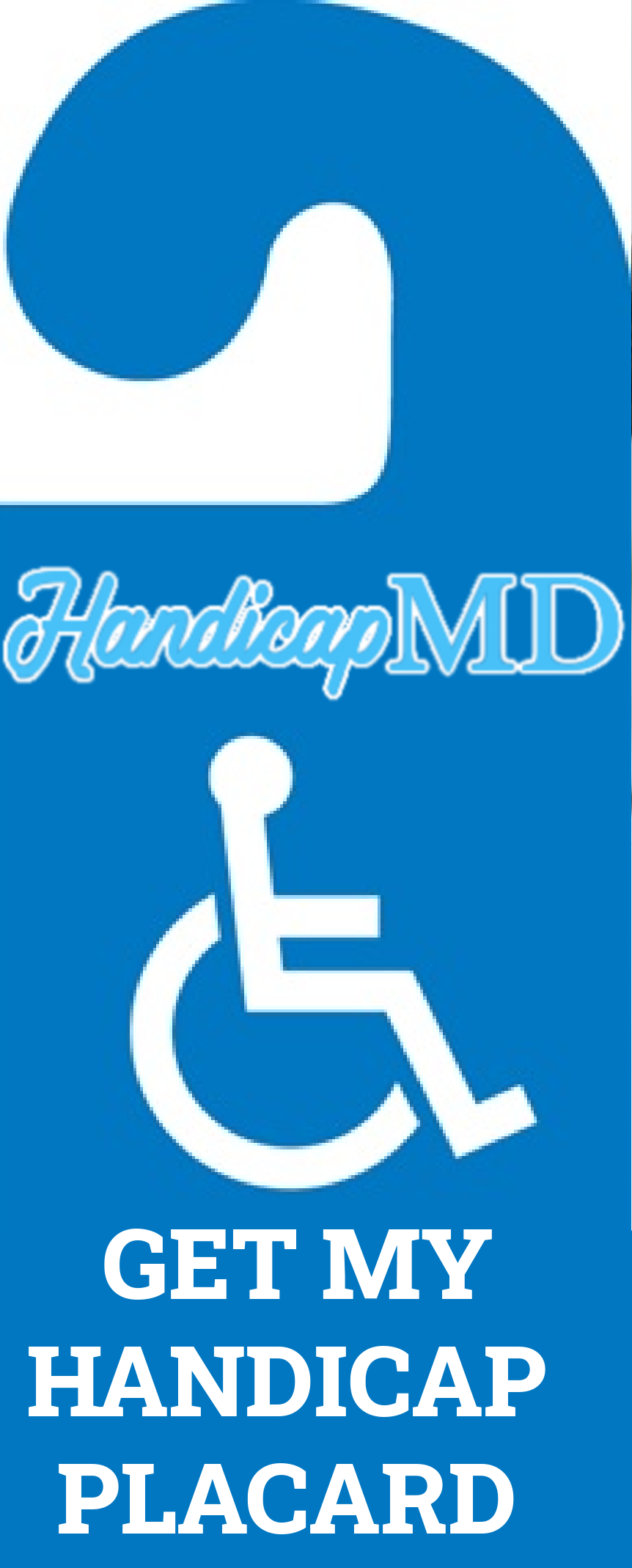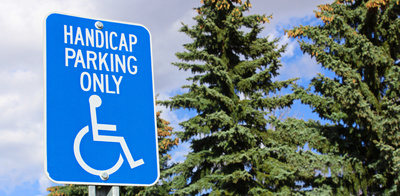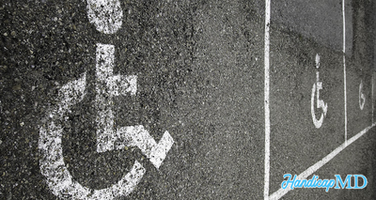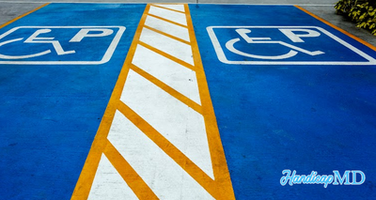
Myths vs. Facts: Debunking Common Misconceptions about Handicap Placards in Pennsylvania
In the realm of accessibility and mobility, the use of handicap placards in Pennsylvania is often surrounded by misconceptions. Let's delve into the realities, debunking common myths to ensure accurate information prevails.
Introduction
Navigating the world with limited mobility presents challenges, and handicap permits play a pivotal role in alleviating some of these difficulties. Understanding the importance of these placards is essential for fostering an inclusive society.
Importance of Handicap Placards
Ensuring accessibility for individuals with disabilities is not just a legal requirement; it's a moral obligation. Disability placards are a means to provide equal opportunities for everyone, allowing those with mobility issues to participate fully in public life.
Myths vs. Facts: Debunking Common Misconceptions
Addressing the misconceptions surrounding placards is crucial for fostering a more informed community. Let's shed light on the truth behind prevalent myths and provide clarity on their use.
Myth: Handicap permits are only for individuals who use wheelchairs.
Fact: Pennsylvania handicap placards are not limited to individuals who use wheelchairs. They are intended for anyone with a qualifying disability that significantly impairs their ability to walk. This includes individuals with mobility issues, respiratory problems, and other conditions that affect their ability to move comfortably.
Myth: Anyone can get a disability permit.
Fact: Contrary to the misconception, obtaining a handicap pass involves meeting specific eligibility criteria. These criteria consider various factors, including mobility impairments and medical conditions. The process ensures that passes are reserved for those who genuinely need them.
Myth: Disability permits are only for permanent disabilities.
Fact: Pennsylvania issues both permanent and temporary passes. If a medical professional certifies that an individual has a temporary disability that impairs their ability to walk, they can qualify for a temporary placard.
Myth: Temporary passes are easy to obtain.
Fact: Temporary ones are designed for individuals with short-term disabilities. However, applicants must provide medical documentation to support their temporary condition. This ensures the legitimacy of the need for a temporary pass. Once your permit is issued, be mindful of the expiration date to ensure timely renewal.
Myth: Handicap permits are only for elderly individuals.
Fact: These are not restricted by age. People of all ages with qualifying disabilities can apply for and use disability permits. The eligibility is based on the individual's specific medical condition, not their age. Once you have all the requirements, you may submit your application to the Pennsylvania DMV.
Myth: Disability passes are only for parking in designated spaces.
Fact: While these passes do allow parking in designated disabled parking spaces, they also provide other privileges, such as parking at meters for free and parking in time-limited zones for an extended period. These privileges aim to make it more convenient for individuals with disabilities to access services and facilities.
Myth: It's easy to get a disability permit without a legitimate need.
Fact: To obtain one in Pennsylvania, individuals must provide medical documentation from a licensed healthcare professional certifying their eligibility. This ensures that only those with a legitimate need receive handicap permits.
Myth: Handicap passes are transferable between individuals.
Fact: These are issued to specific individuals and are not transferable. They are meant for the person with the qualifying disability, and using someone else's placard is a violation that can result in fines and other penalties.
Myth: Individuals with handicap permits always need assistance.
Fact: Many individuals with disability permits are independent and may not visibly appear to need assistance. Disabilities vary widely, and some individuals with placards can walk short distances or use mobility aids. This is meant to facilitate access and make parking more convenient for those with qualifying disabilities.
FAQs: Addressing Common Queries
FAQ 1: How Long Does It Take to Get a Permit?
The processing time for a handicap placard varies, but typically, it takes a few weeks. Submitting a complete and accurate application expedites the process.
FAQ 2: Can I Appeal a Denied Application?
Yes, denied applications can be appealed. Providing additional documentation or clarifying information may support a successful appeal.
FAQ 3: Are Out-of-State Passes Valid in Pennsylvania?
Yes, out-of-state passes are generally recognized in Pennsylvania. However, it's advisable to check specific regulations for any updates or changes.
FAQ 4: Can I Use a Permit for Someone Else?
No, these are non-transferable. They are issued to individuals based on their specific needs and conditions.
FAQ 5: Is There a Fine for Misusing a Pass?
Misusing a disability tag can result in fines and penalties. It's crucial to use the pass only for the individual it was issued to.
FAQ 6: Can Pregnant Women Apply for a Permit?
Pregnancy itself doesn't qualify for a permit. However, if the pregnancy leads to mobility challenges, a healthcare provider's recommendation may support the application.
Conclusion
In conclusion, understanding the realities of handicap placards in Pennsylvania is crucial for fostering inclusivity and support for individuals with mobility challenges. Dispelling myths, promoting awareness, and ensuring proper usage contribute to a society that prioritizes accessibility for all.
.png)






